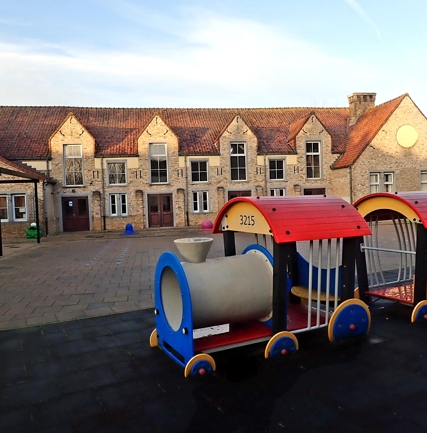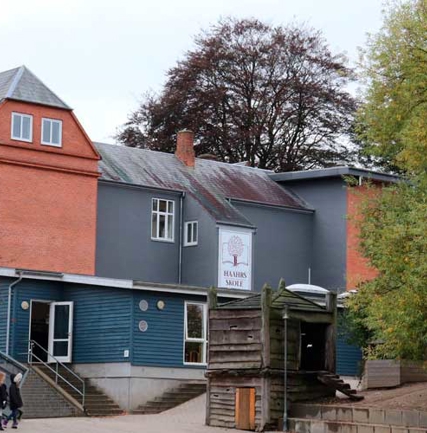Solution with many advantages
Each classroom and the communal area were fitted with their own air handling unit. "These are already equipped with a supply and extract air grille, meaning that no extra duct work is required, and easy installation is certainly a possibility," explains Maarten Diels. "By using active noise control, whereby low-frequency noise is attenuated, the people in the building will experience absolutely no noise nuisance from the air handling units. In the communal area, an impressive 1100 m³/h of fresh air can be supplied and extracted under a noise level of 35dB (A). The fact that our decentralised solution requires very little duct work is a tremendous advantage both technically and financially.
But that's not all: it also allows the provision of very simple CO2 control for each room. We achieve this by equipping each unit with a sensor. This detects the carbon dioxide content and automatically adjusts the airflow depending on the occupancy of each room. This in combination with a timer set to school hours ensures that the units work extremely efficiently and that no unnecessary energy is used. Basically, the teaching staff no longer must deal with ventilation: the system works fully automatically. The school is now up and running and the results are extremely positive. In short, Airmaster has once again proven that decentralised ventilation is a simple but excellent solution."
Tekst: Els Jonckheere
Published: Bouwen aan Vlaanderen (Belgien) nr. 02 2019






